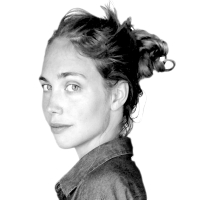Culture
Jeffrey Mayer/WireImage, via Getty
Is Sandra Bullock Really the ‘Most Beautiful’ Woman in the World?
Mirror Mirror
People magazine’s “most beautiful” women list isn’t about looks, but calibrates a more complex algorithm of pop-cultural currency.

Trending Now





